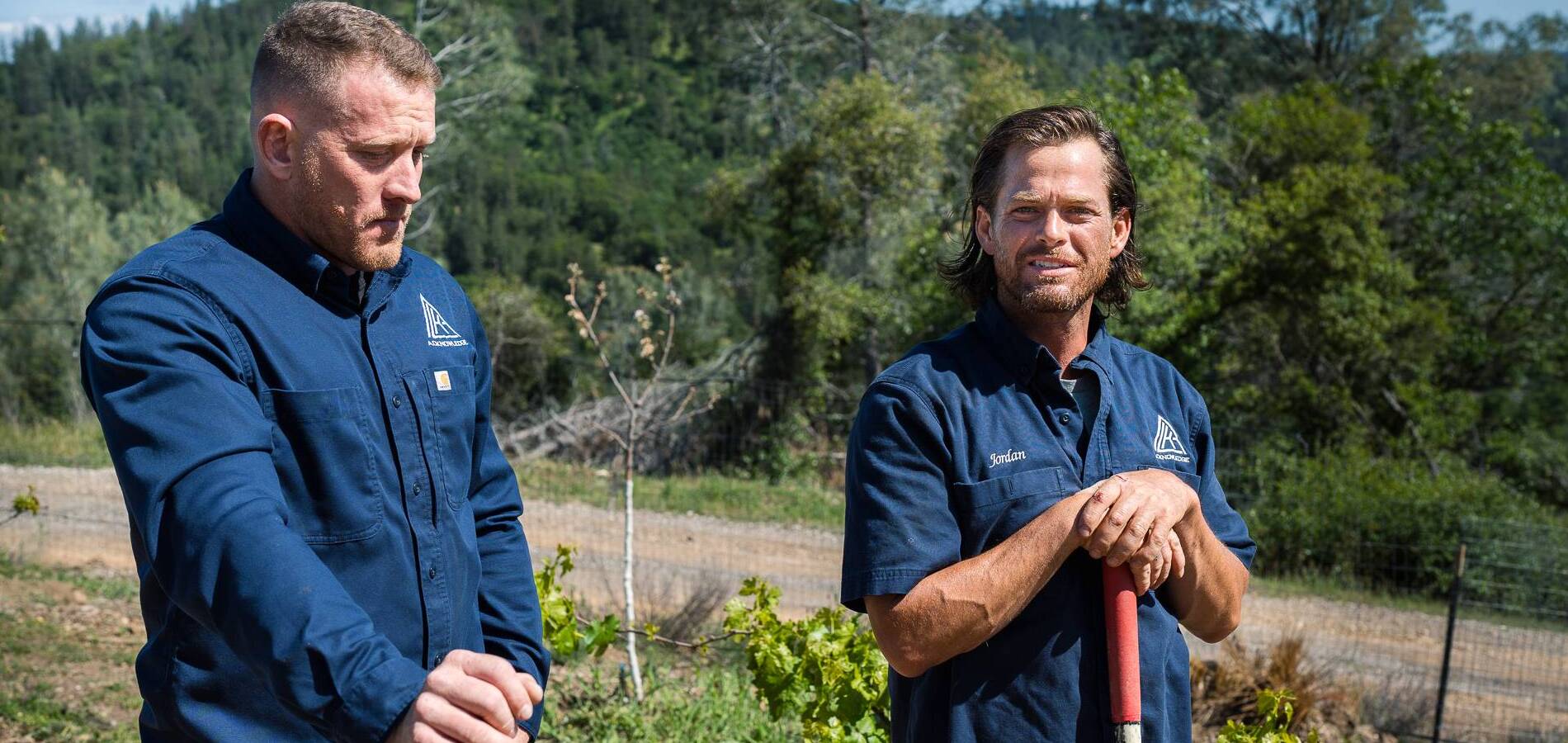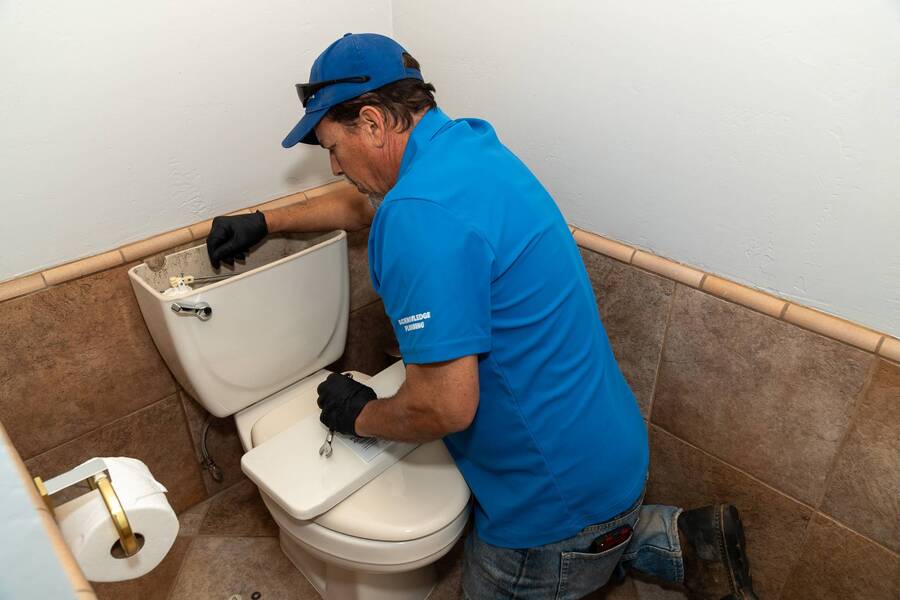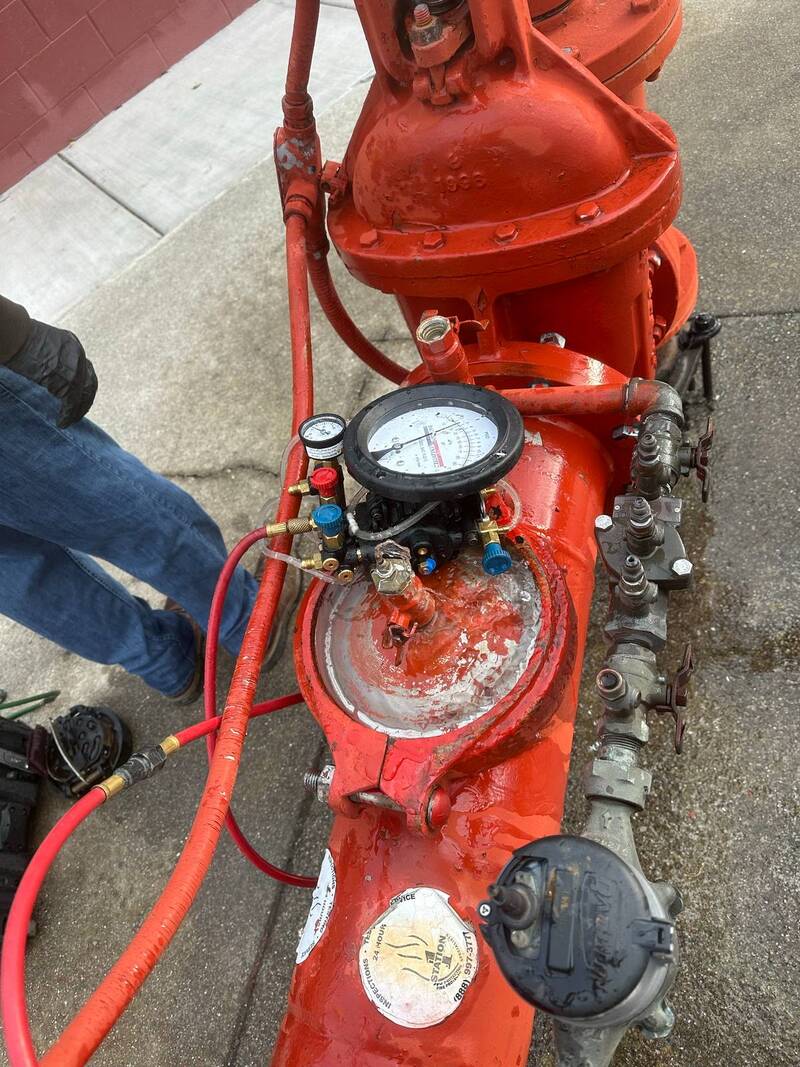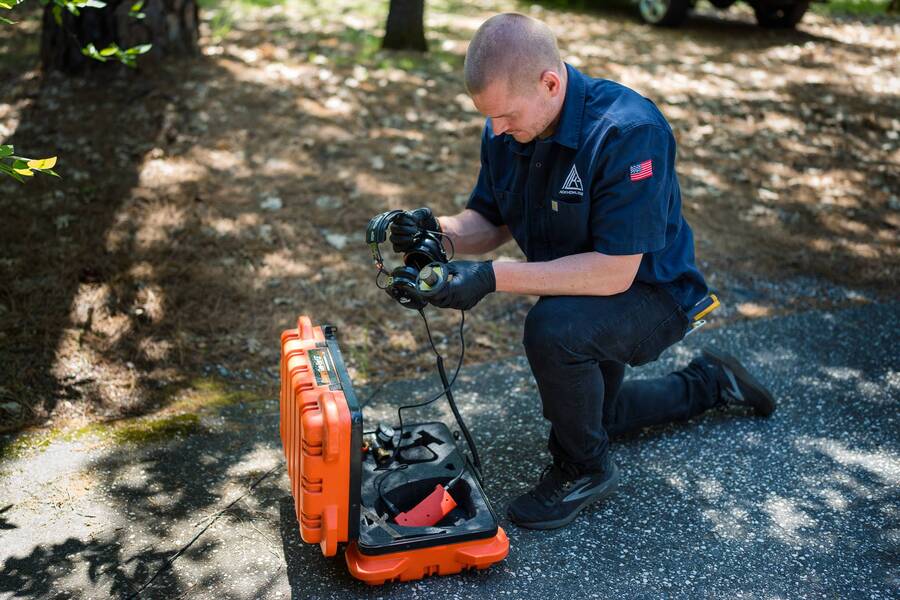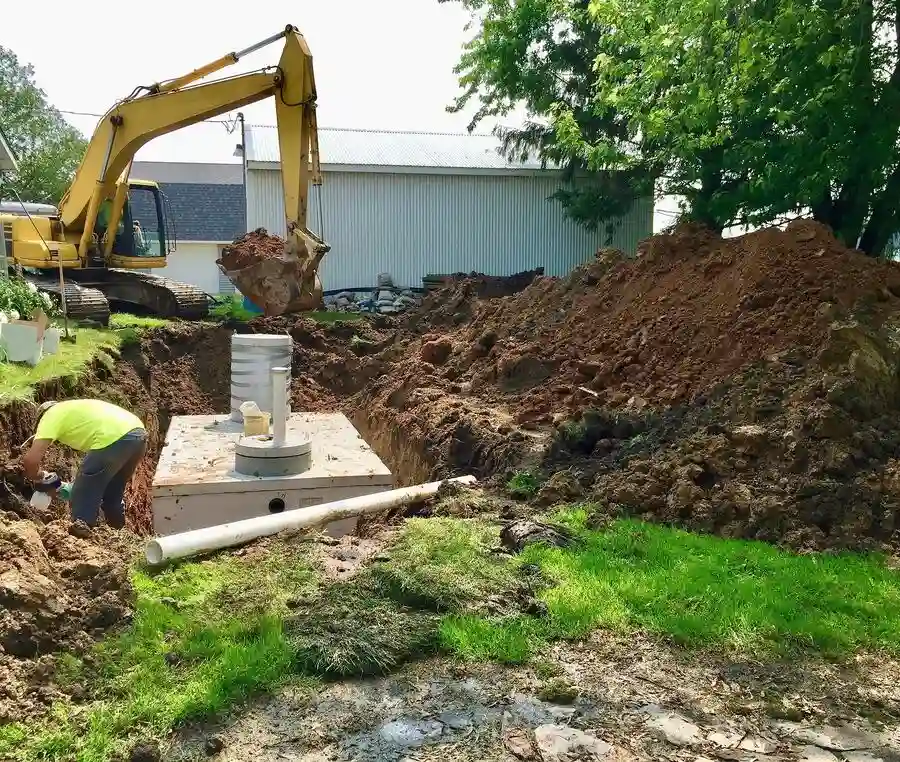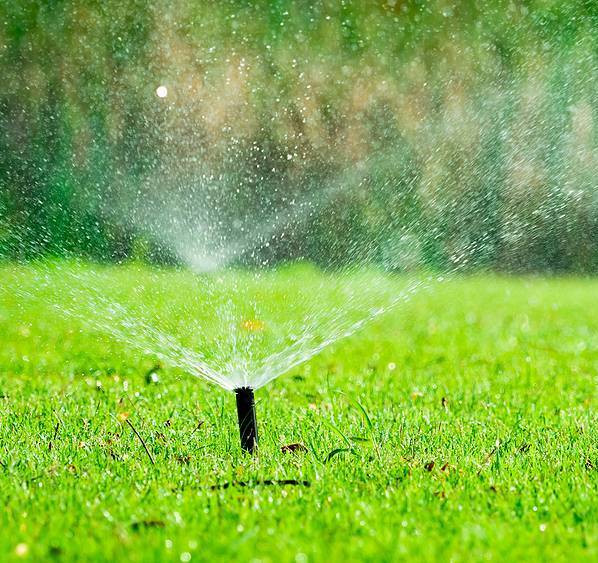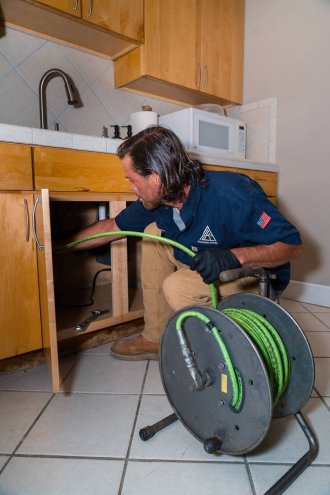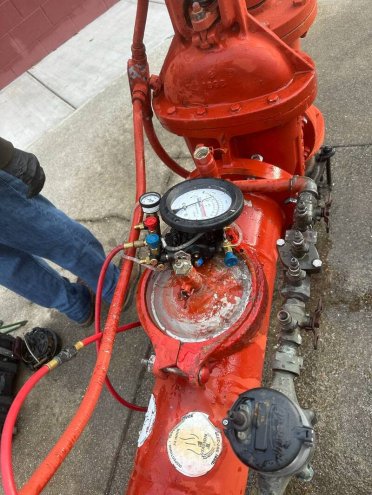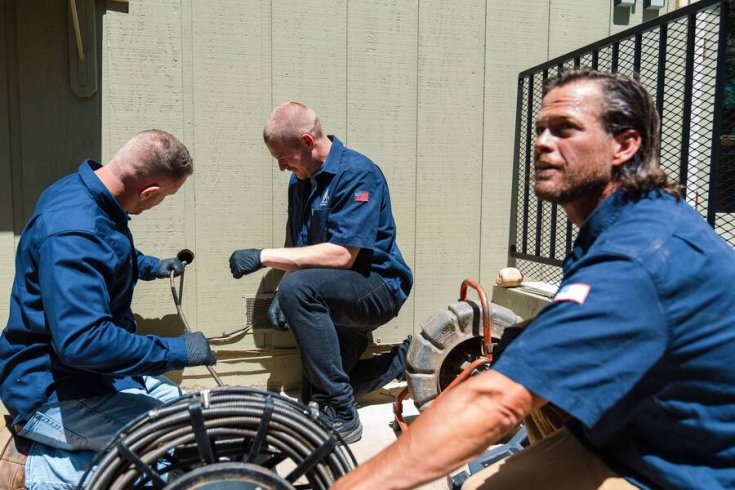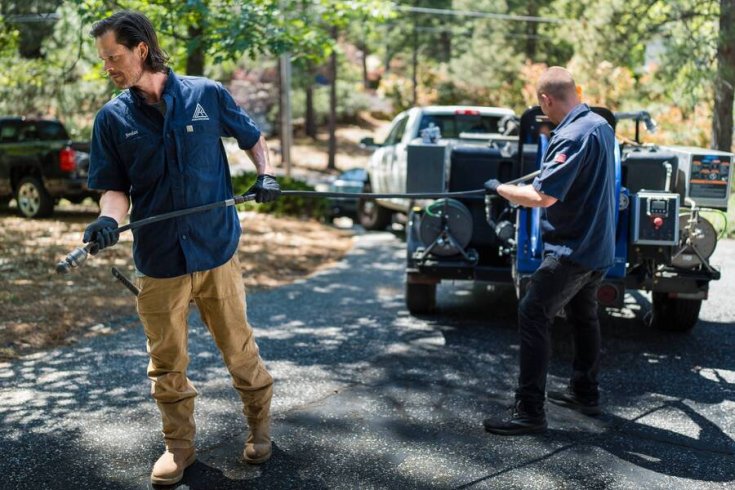May 17, 2025 Few things will make a home feel older than rust-colored streaks creeping down a sink basin or across the bottom of a toilet bowl. They’re hard to ignore and even harder to clean. Rust stains can come from high iron content in your water or aging pipes. Acknowledge Plumbing is ready to help. With the right techniques, products, and some persistence, you can tackle these stains without destroying your fixtures. Keep reading for simple ways to clean up rust stains from your bathroom and kitchen surfaces for good.
Why Rust Stains Appear in the First Place
Rust shows up when iron reacts with oxygen and moisture. If your water has a high iron content, which is common in homes with well water, you’re more likely to see reddish-orange rings or streaks around drains and faucets. Fixtures like toilets, tubs, and sinks are usually made of porcelain or enamel-coated metal, which can be surprisingly porous. Eventually, mineral-rich water or rusty pipes can stain these surfaces. People dealing with aging plumbing systems may need to consider long-term solutions like upgrading their plumbing or scheduling a toilet replacement. Certain bathroom habits can also accelerate the problem. Leaving shaving cream cans, razors, or metal soap dishes on wet surfaces will leave behind rust marks. Once those stains set in, scrubbing with water and soap might not be enough.
Simple Pantry Solutions That Work
Before you head to the hardware store, check your pantry. Some of the best rust removers are already sitting in your kitchen. Vinegar, lemon juice, and baking soda are non-toxic options that are powerful when used correctly. White vinegar is your first go-to. Soak a rag or paper towel in the vinegar and lay it over the rust-stained area. Let it sit for at least 30 minutes. For vertical surfaces, use painter’s tape to keep the soaked towel in place. Once the area is soaked, scrub with a brush or sponge and rinse thoroughly. If the stain remains, make a paste using baking soda and lemon juice. Apply it to the spot and let it sit for 20 to 30 minutes. Then scrub again. The citric acid in the lemon juice reacts with the rust, while the baking soda helps lift it without scratching the surface. These methods work well for mild stains, and they’re safe for most surfaces. If you’re dealing with stubborn, long-standing rust or a lot of buildup in the toilet or under sink rims, you’ll probably need to go a step further.
Backflow happens when contaminated water from outside your pipes reverses direction and…
Read More Water leaks, whether apparent or hidden, are a homeowner's nightmare. They can…
Read More When expanding your living space with an Accessory Dwelling Unit or a…
Read More From unexpected backups to soggy lawns, the signs of a failing septic…
Read More Do you want to keep your lawn and garden lush and vibrant,…
Read More Our Services
Acknowledge Plumbing provides 24-hour residential and commercial plumbing repair & installation services in Sacramento County and all surrounding areas. Call our office now to schedule a nearby plumber.
Safe Commercial Rust Removers
Commercial rust removers target iron stains fast, but it’s important to choose the right one and use it safely. Look for cleaners that say “safe for porcelain” or “toilet bowl approved”. Some popular brands have dedicated rust formulas that dissolve iron deposits without damaging enamel. Just be sure to use gloves and ventilate the space if you're working with any chemical-based cleaner. For sinks and tubs, a powdered cleanser can be sprinkled directly onto the stain and scrubbed with a damp sponge. Don’t over-scrub, though. Excess pressure or steel wool can create tiny scratches that attract even more rust in the future. Toilets can be trickier. Try pouring a cup of vinegar into the bowl and letting it sit overnight. In the morning, sprinkle baking soda or a rust-specific cleaner around the edges and scrub thoroughly with a toilet brush. If that doesn’t work, a pumice stone can help, but always keep the stone wet and test a small area first. It’s abrasive and shouldn’t be overused. If you’ve tried everything and the stains return quickly, you could have a deeper issue, like aging pipes or sediment buildup in your tank. A plumber can help evaluate whether a plumbing service is needed.
Preventing Rust Stains from Coming Back
Once you’ve dealt with rust stains, you want them to stay gone. Prevention starts with identifying the source. If you’re on well water or notice metallic-tasting tap water, it’s worth testing your water’s iron content. A whole-house water filter or softener can reduce iron levels before they reach your fixtures. Dry your surfaces regularly, too. Rust needs moisture to form. Wiping down sinks and tubs after use keeps standing water from starting the oxidation process. If your bathroom fixtures are over a decade old, you may be dealing with worn-out enamel that’s become more prone to staining. In that case, even the best cleaner won’t hold the stains off forever. Sometimes the most cost-effective solution is an upgrade. A new toilet can reduce water waste and eliminate porous surfaces that attract rust. Watch for pipe corrosion as well. If you notice rust in multiple areas, it could be coming from inside your pipes. A plumber can inspect your system and suggest plumbing repair services to stop the problem for good.
Are You Ready to Stop Scrubbing?
If you're tired of hard-to-remove stains, water quality issues, or aging fixtures that won’t hold up, call Acknowledge Plumbing today to schedule a visit with a local plumber who can walk you through your options. Whether you need a cleaning, plumbing repair service, or toilet replacement in Roseville, CA, our technicians have what it takes to get you back on track.

